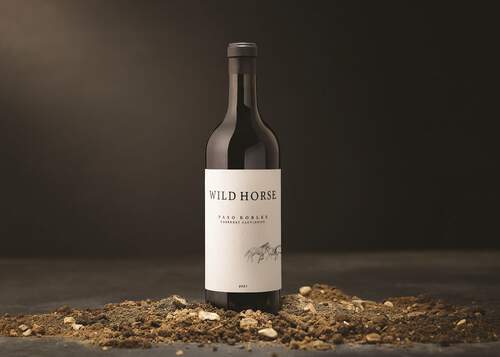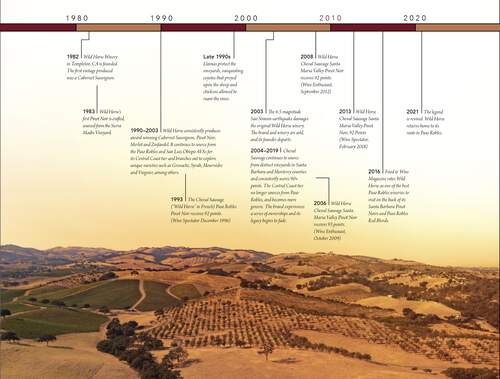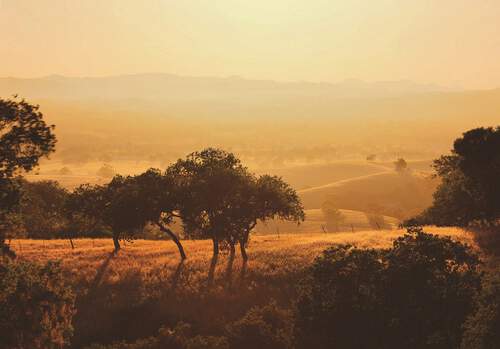
Wild Horse Winery
Our Story
Wild Horse celebrates a rich history steeped in the rugged character of California’s Central Coast. First released in 1982, Wild Horse was a free spirit right out of the gate, and it took off with abandon. As one of the first of eight original bonded wineries in Paso Robles, Wild Horse blazed a trail that a generation of winemakers would follow to seek their own authentic expressions of this wild country.
Wild Horse comes from a band of winemaking mavericks determined to capture the untamed nature of Paso Robles and create a true expression of place in every bottle. Our free-spirited wines are the collective result of following our intuition and intentionally seeking out a good challenge. Because challenges—like our demanding terrain—don't just create more flavorful grapes. They forge character.
Our winemaking philosophy is to produce wines of character and place. We believe that great wine can only come from great vineyards, and we are perpetually searching for the best sites, discovering hidden geographical pockets, and exploring the diversity of the Central Coast.
We are not beholden to a singularly recognized style but an open range of styles, and we celebrate the exceptional wines born from this wild land. We give ourselves the license to roam, unearthing the uniqueness of our region to craft wines of balance and distinction. Through the years, we have learned to preserve and patiently craft the caliber of wine we want to enjoy.
“This place is so special and the wines here are powerful, flavorful, and inherently unique from anywhere else in the world. There is truly nowhere else I’d rather be.” — Jaime Arevalo, Master Blender

Our Vineyards
A true expression of California and Paso Robles’ AVA, Sunnybrook’s golden hills and oak-shaded streams unfurl through Paso’s eastern region. The vineyard is perfectly positioned to benefit from the area’s unique terroir and mesoclimate. The Templeton Gap effect draws cool Pacific air into the vineyard, creating daily temperature swings of up to 50 degrees.
Topography: High, older terraces, fans, and hills.
Elevations: 740-1,600 feet.
Soil: Distinctive blends of calcareous limestone, sandstone and loam soils
Located in the northwesternmost sub-AVA of Paso Robles along the Salinas River, the climate of the San Miguel District is the windiest, warmest, and driest in the region, yet still experiences a dramatic diurnal shift. The grapes bask in intense sunlight before being cooled in the evening by chilled air rising from an underwater canyon in Monterey Bay.
Topography: Gentle slopes on the foothills of the Santa Lucia Range with alluvial terraces of the Salinas and Estrella rivers and small recent alluvial fans.
Elevation: 580-1,600 feet.
Soil: Deep, alluvial sandy loams to clay loams.



2022 Cabernet Sauvignon
Tasting Notes
Dark cherry and dark plum aromas with hints of vanilla bean, caramel and warm spice. Full bodied wine with sweet black fruit flavors, toasted oak, coconut and a hint of dried sweet tobacco. It has fine tannins and a pleasant astringency. The finish is long and smooth.
Winemaking Notes
We let the fruit hang as long as needed to achieve optimal flavors. The grapes were harvested in early morning, at the coolest time of the day. The grapes were destemmed and crushed to tank where
they fermented on skins until the ideal amount of tannin and flavor had been extracted. The wine was then pressed off of skins and aged in oak until the perfect flavors were extracted before proceeding to being blended.



